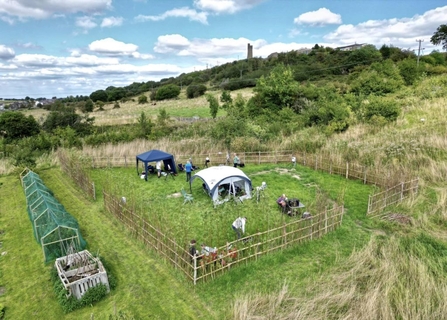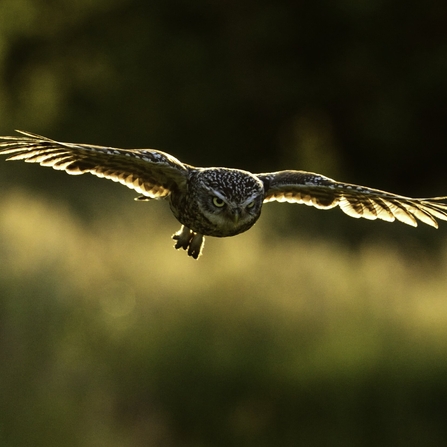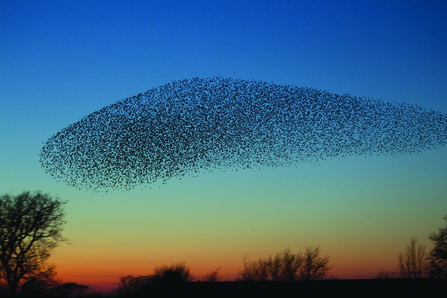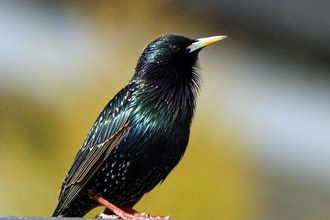The nights are fair drawing in, the dark encroaching earlier and earlier into our evenings and holding us in bed longer into the mornings. Rather than getting down about the loss of light, however, why not try embracing the wonders of the dark? Wrap up warm, grab a hot drink and settle in with our night time highlights…
Dark is wonderful
(c) Ed Marshall
Start stargazing
Longer nights mean more time to star-gaze! Stargazing is a wonderful night-time activity to reconnect with nature and feel awe-struck at the magnitude and beauty of our universe.
You don’t need lots of fancy equipment and know-how to get started – a lot of constellations can just be seen with the naked eye. First, locate the North Star. Once you’ve found that (the stars are fixed in the sky, but the Earth moves on its axis so stars won’t always appear in the same place!), you can move onto plotting constellations like Orion’s Belt, Ursa Major (also known as the Big Dipper) and Leo.
Use apps or a star chart to help you, and keep an eye on any star-gazing news like meteor showers.
Alternatively, why not come along to one of Yorkshire Wildlife Trust’s stargazing sessions? Partnered with Huddersfield Astronomy Society, the Trust is running sessions at Stirley nature reserve near Huddersfield on 25th October and 22nd November.

Huddersfield Astronomy Society - Garden of Stars - Stirley
Go owl spotting
As the nights grow longer, our days begin to overlap with those of nocturnal animals. Autumn and winter are great times to spot, and hear, all sorts of owls. In fact, tawny owls call in autumn and early winter more than any other time of year. Listen out of the familiar ‘twit-twoo’ call, which is actually two owl calls!
As well as tawny owls, October is a great time to look out for barn owls, short-eared owls and long-eared owls. Wheldrake Ings nature reserve has a resident barn owl, quiet visitors to Moorlands can enjoy the call of a tawny owl, and those willing to travel to the coast can enjoy short-eared owls and long-eared owls at Flamborough Cliffs and Spurn nature reserves.

Little owl © Andy Rouse/2020VISION
Watch a murmuration
Towards the end of October, large numbers of starlings visit Britain from the continent, seeking out the relative warmth of our island climate.
As dusk arrives, flocks arrive from all directions, gathering in the skies above their roost sites. As the numbers reach into the tens and hundreds of thousands, the ‘murmurations’ (the name for a flying flock of starlings) take on incredible shapes in the sky, contracting and expanding as one flock merges into another and taking on a life of their own.

Danny Green / 2020VISION
As the numbers reach their peak and the last of the light fades, the birds suddenly decide the time is right, as if by a secret signal, and funnel down into the reeds in one last whoosh of wings.
One of the best places in Yorkshire to see a murmuration is at Ripon City Wetlands nature reserve which last year drew over 250,000 starlings, delighting crowds at the reserve. You can also spot the occasional murmuration at Staveley nature reserve or Wheldrake Ings nature reserve.
Starling murmuration © Allen Holmes 2019



